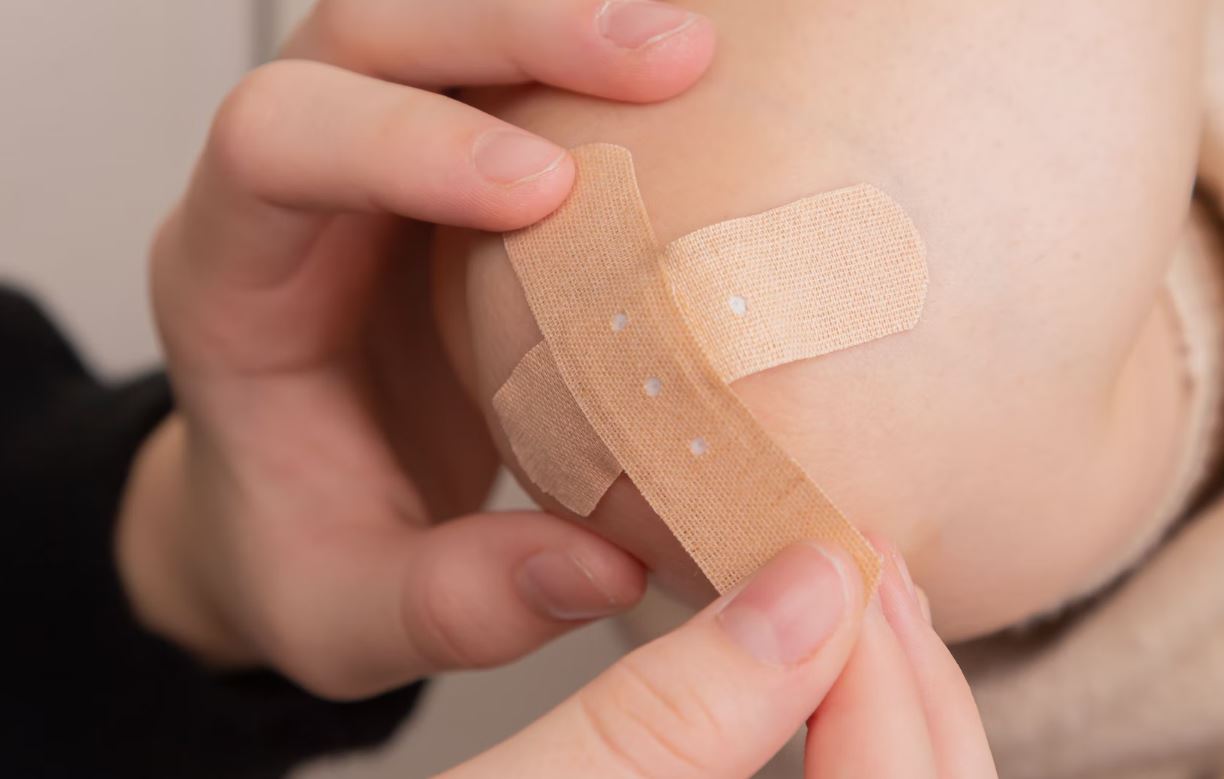
Credit: Unsplash
A little tech can help wounds that won’t heal do just that.
Having a big, bloody wound on your body is already a pretty unpleasant prospect. The only thing that could make it worse is if it keeps coming back. Unfortunately, this is reality for around 6 million Americans who suffer from chronic wounds. There are a variety of causes for these kinds of conditions; people who suffer from diabetes and have poor blood circulation may heal very slowly, or those who suffer strong burns may have frail, easily-damaged skin. Chronic wounds can be dangerous because every time they reappear, that’s a new possibility for infection. It’s not a fun way to live. This is why Dr. Ali Tamayol developed a new kind of bandage.
Dr. Tamayol, along with researchers from the University of Connecticut, developed a “smart bandage” that can cover a chronic wound while delivering a steady supply of antibiotics, anti-inflammatories, or whatever medicine a particular wound needs. This is accomplished through microneedles on the bandage’s sticky side. Don’t worry if you have a thing with needles; they’re tiny, so you’d barely feel them. The bandage can be connected to a smartphone and managed through an app. A doctor could theoretically program the bandage to deliver medicine in very specific intervals and doses, which would eliminate the need for constant hospital visits. One of the cool things about the bandage is that it can change the medication it delivers on the fly without needing to be removed, so it can shift gears depending on the stage of healing that the wound is at.
“We tried to incorporate the miniaturized needles in a way that if there is a crust or a scar on top of the wound, it can get past that or penetrate that and get the therapeutics into the wound bed and the location where healthy cells are located,” Dr. Tamayol said in a statement.
The researchers have run tests on the bandage with diabetic mice, and results have been promising. They’re currently looking to run tests on larger animals like pigs, and a provisional patent is already in the works.































